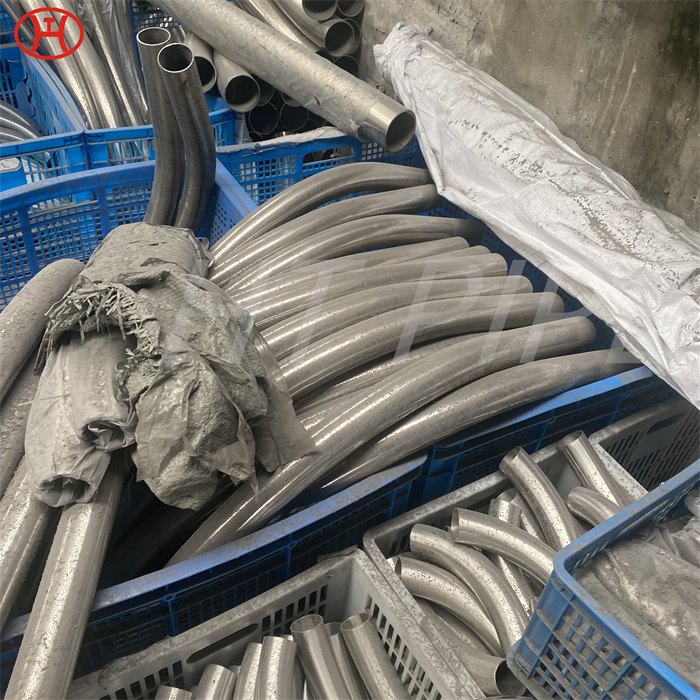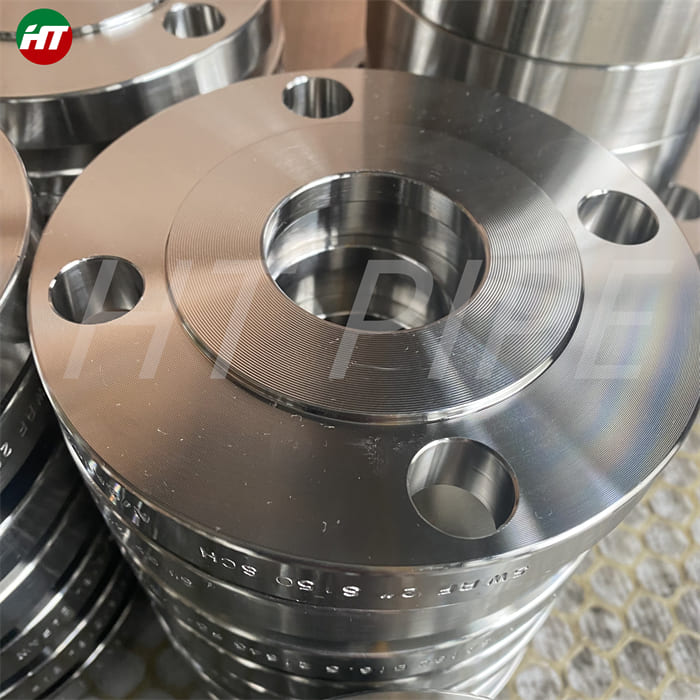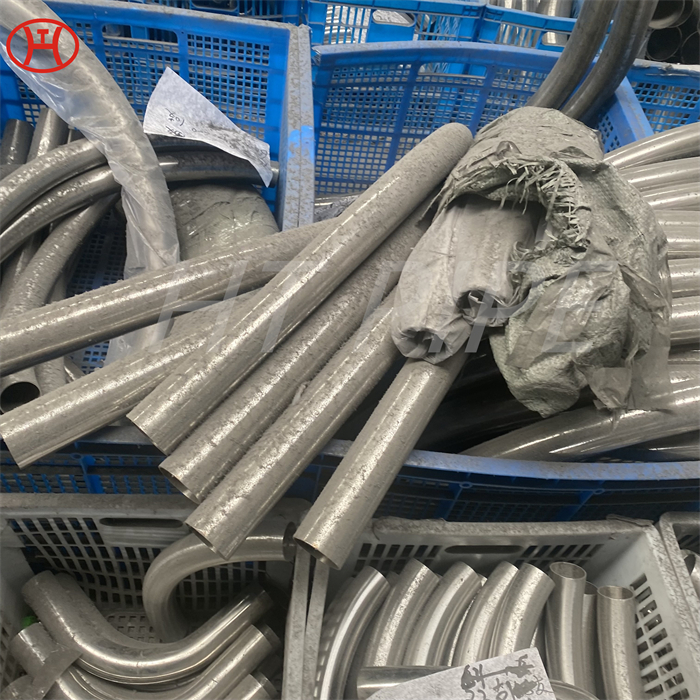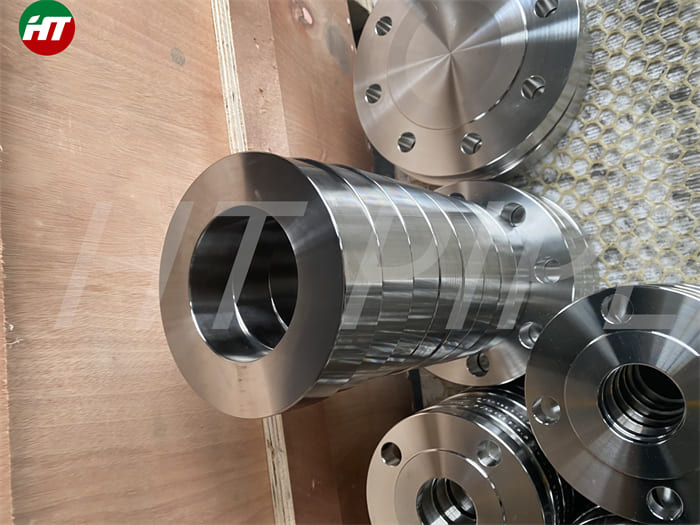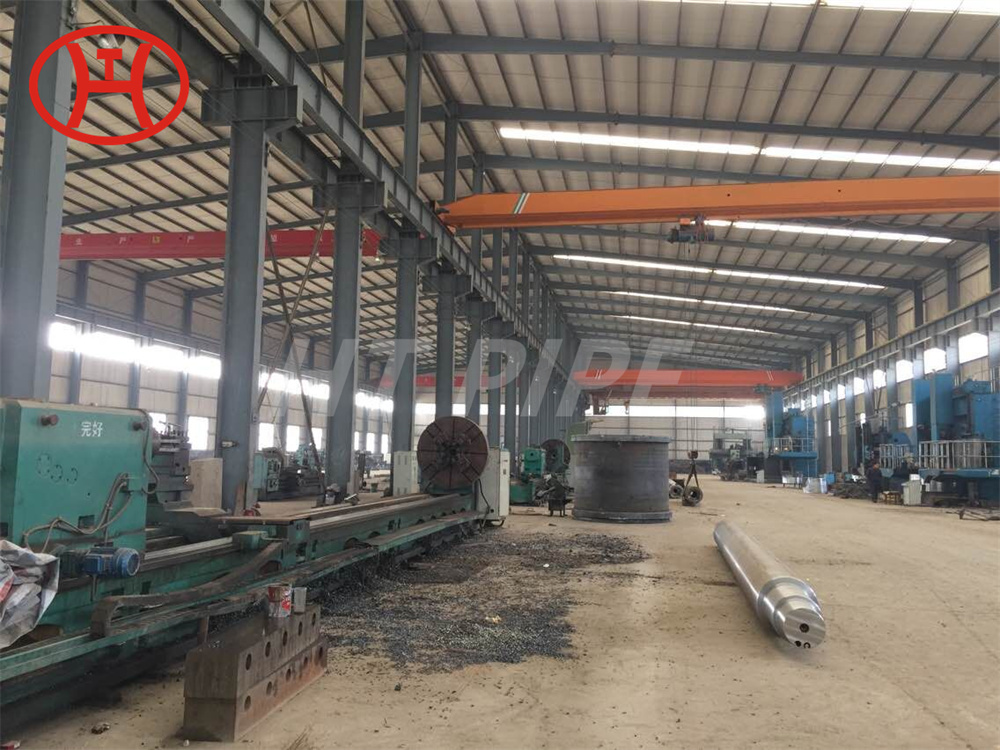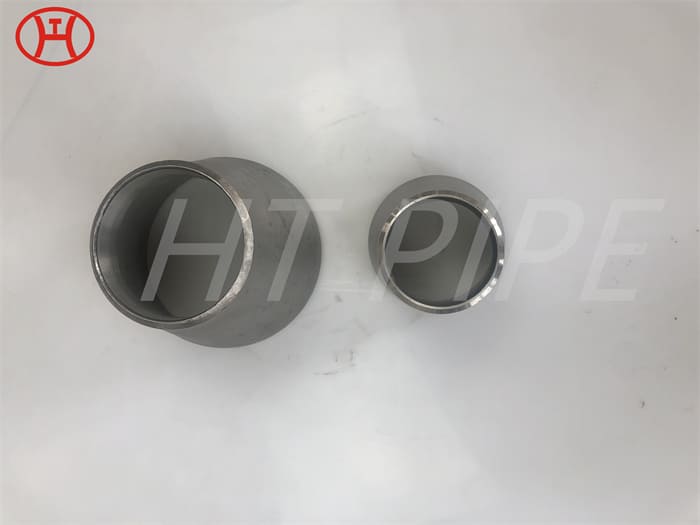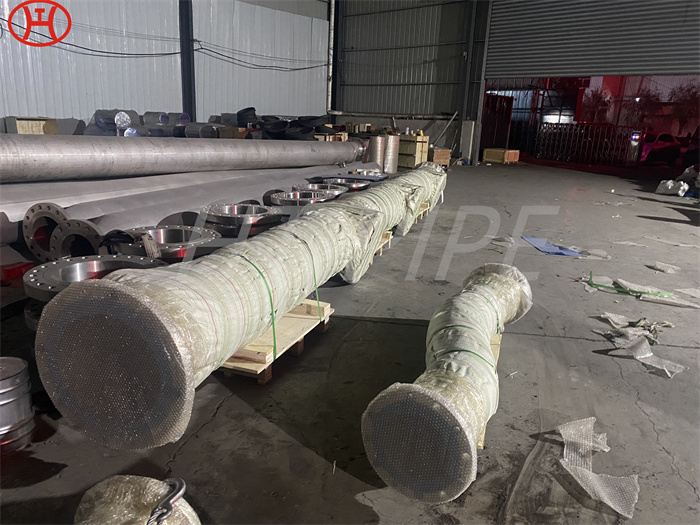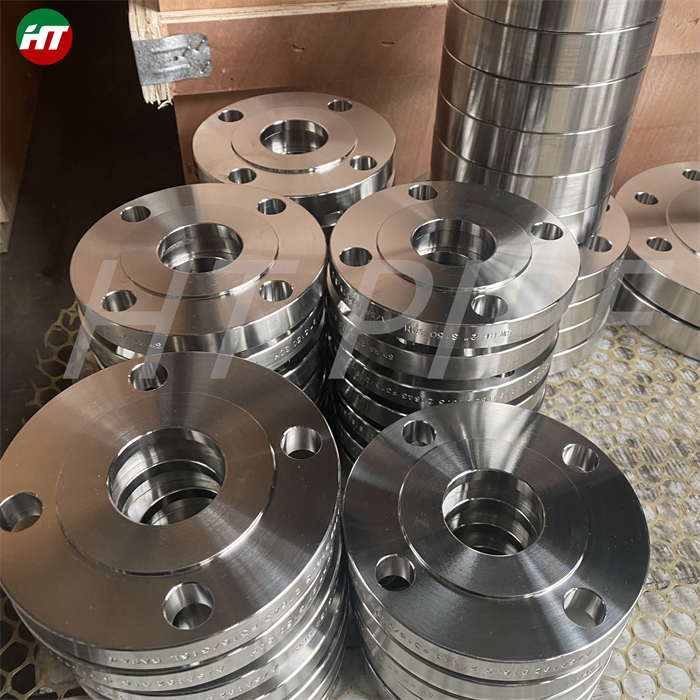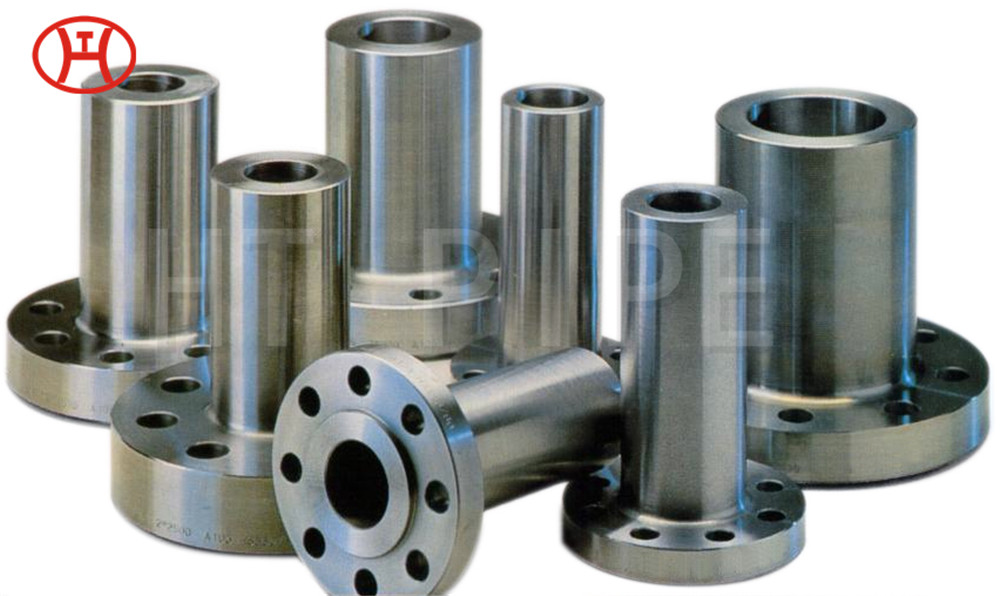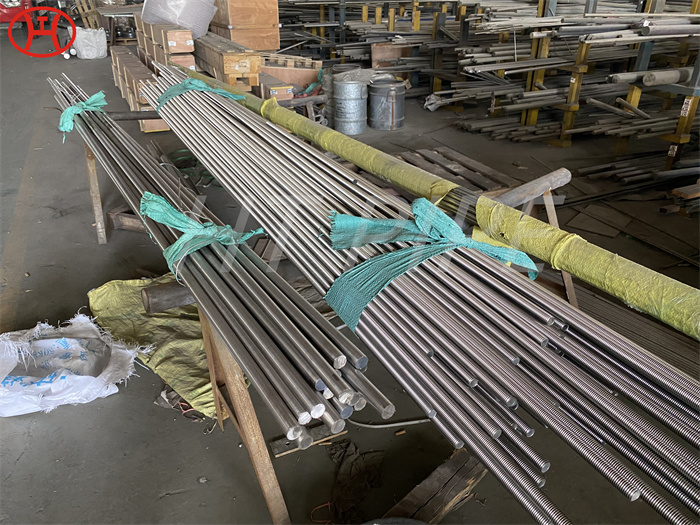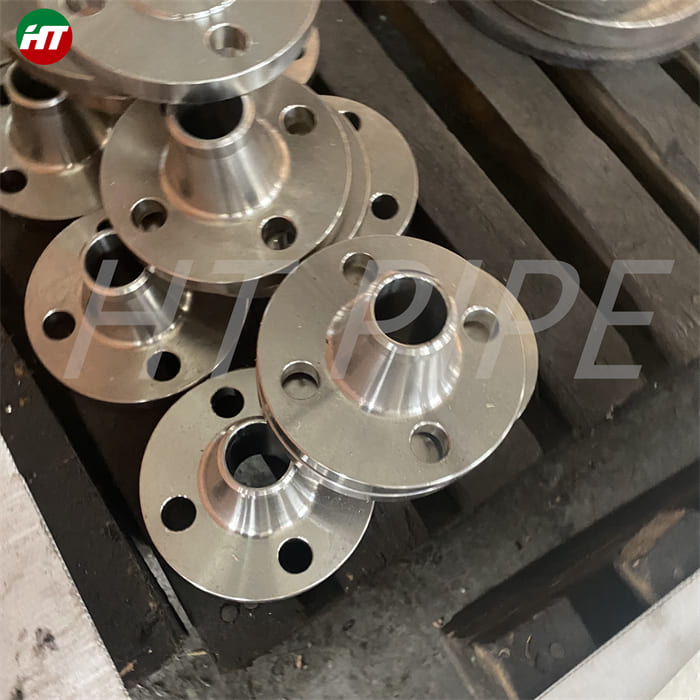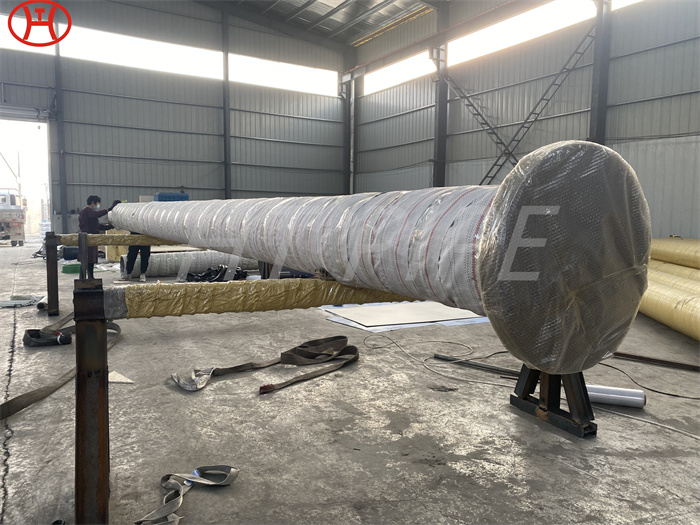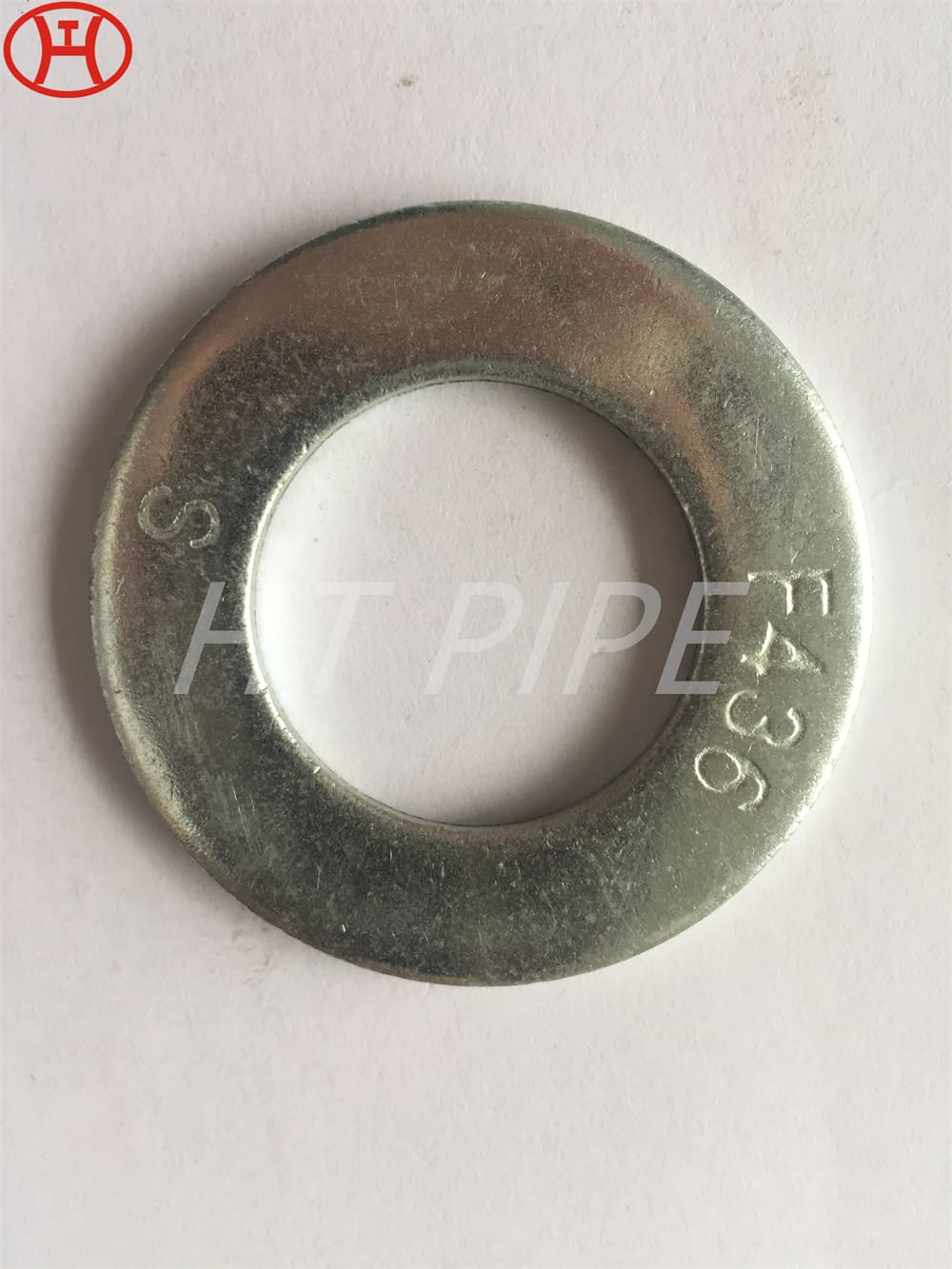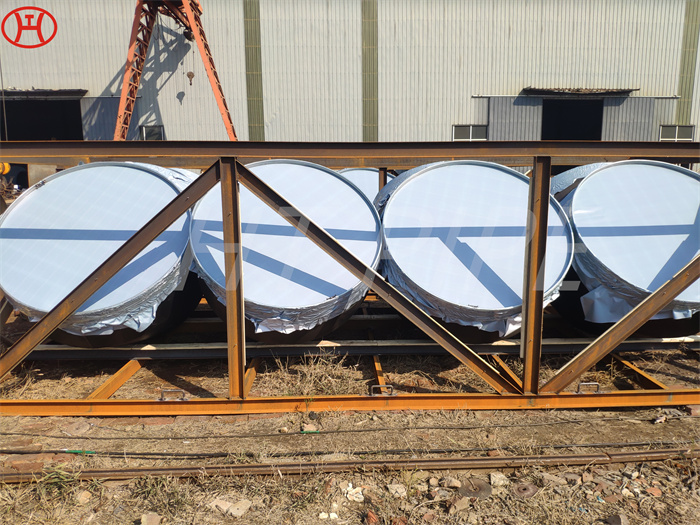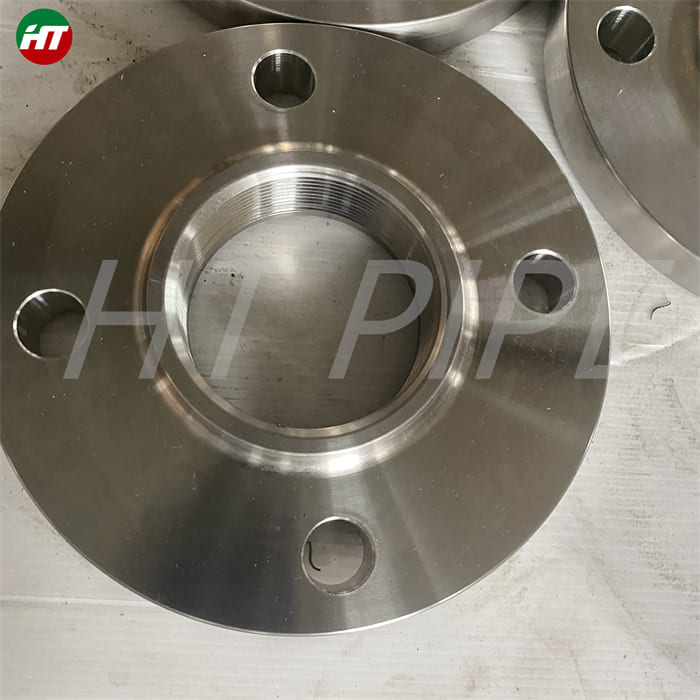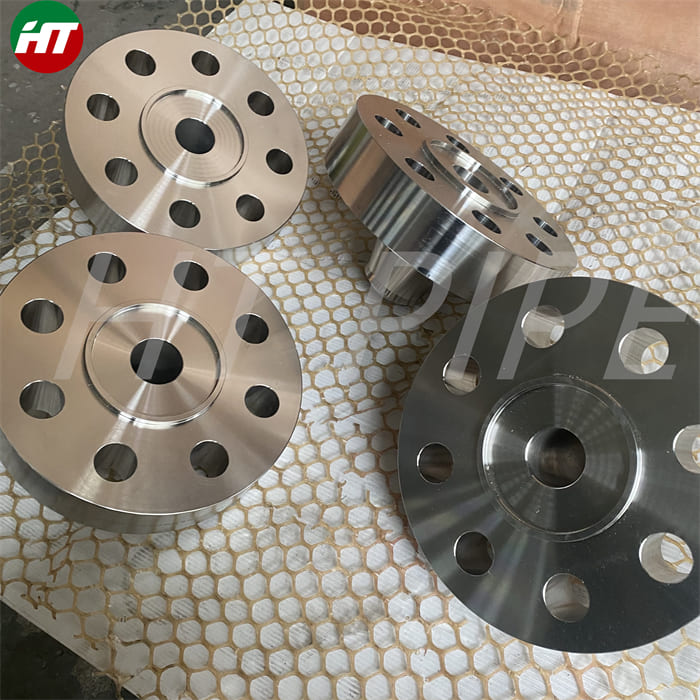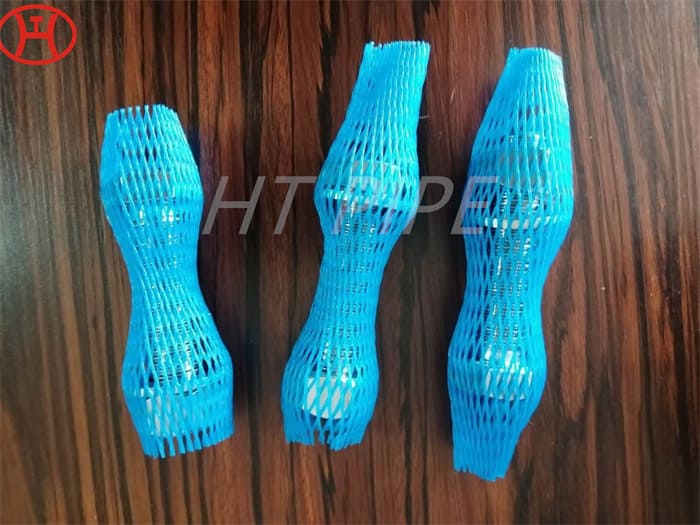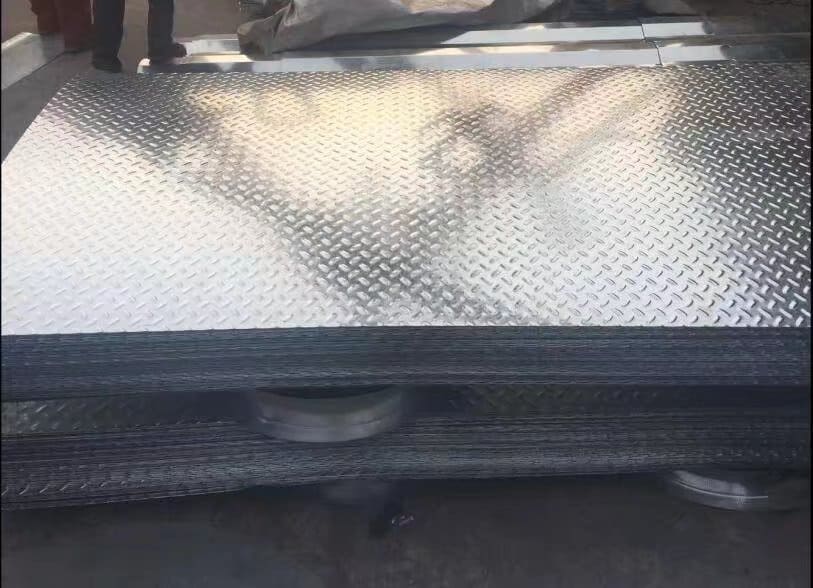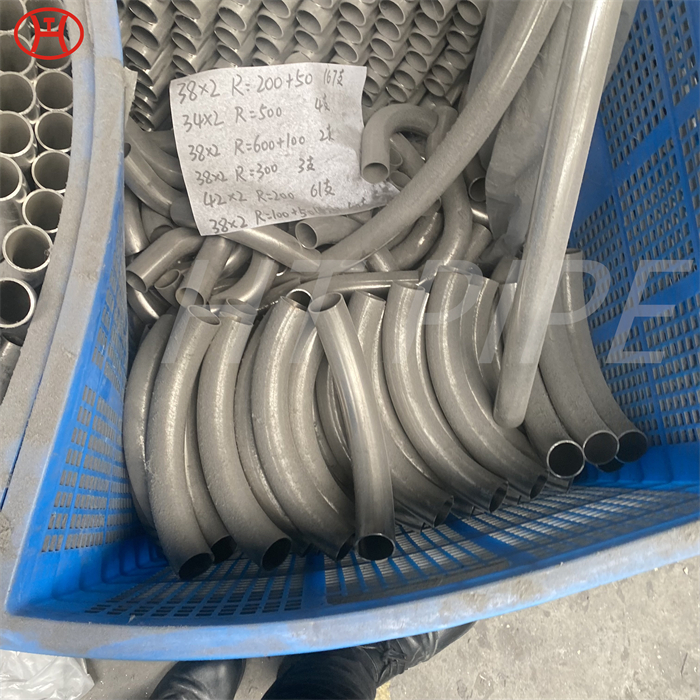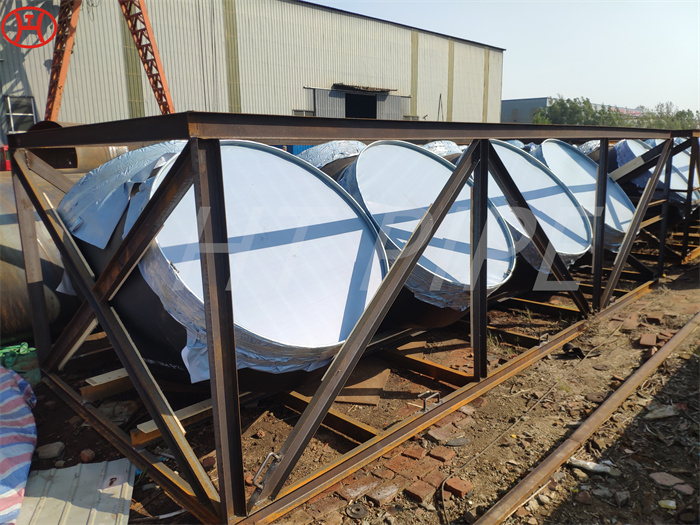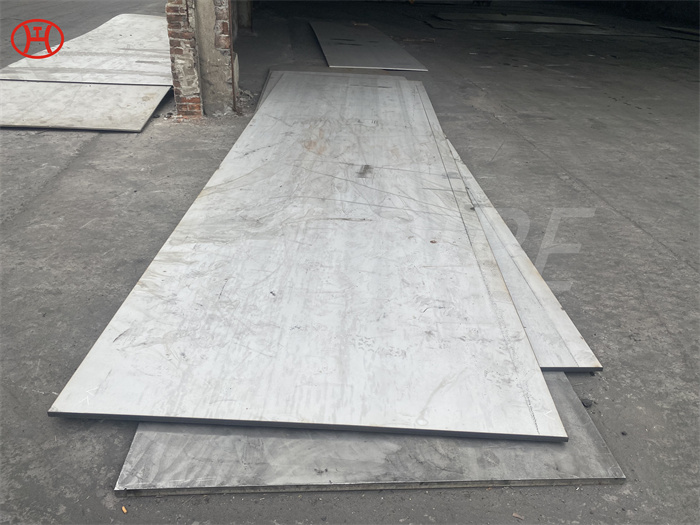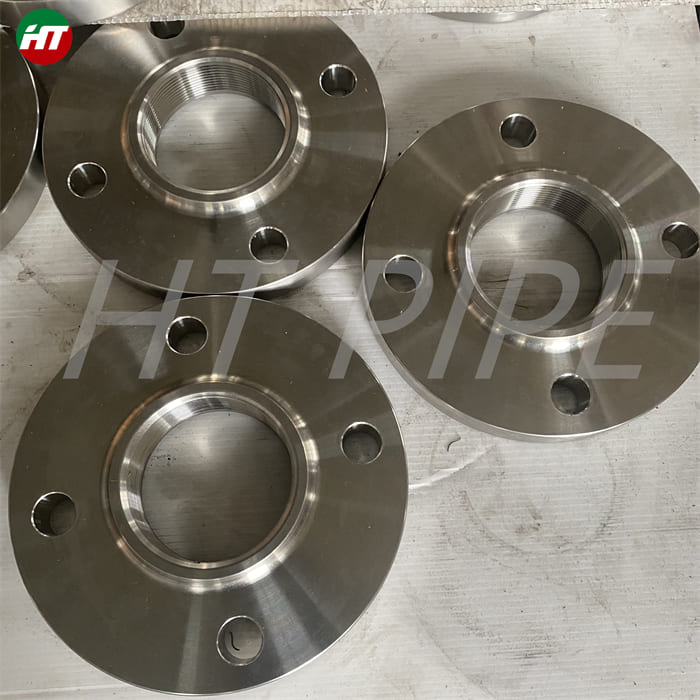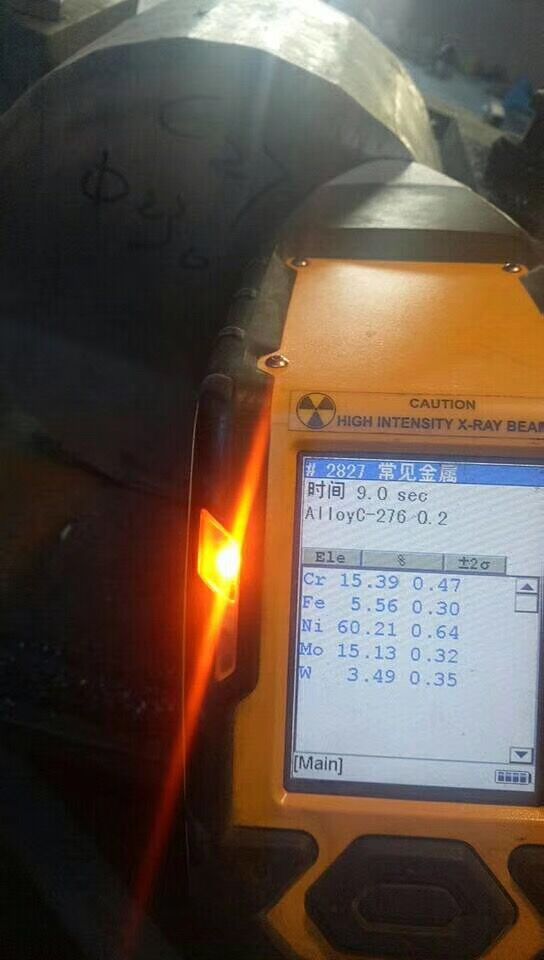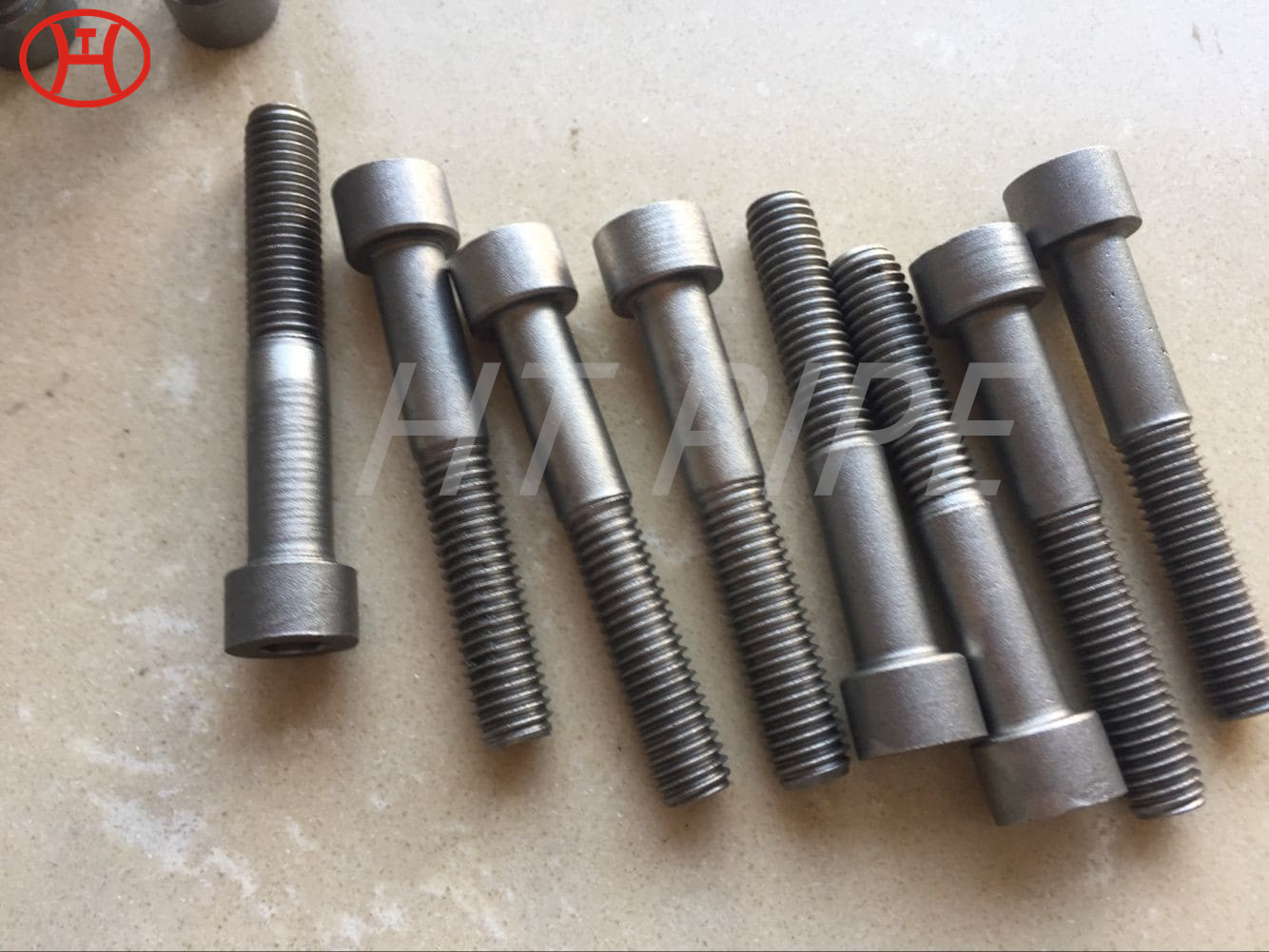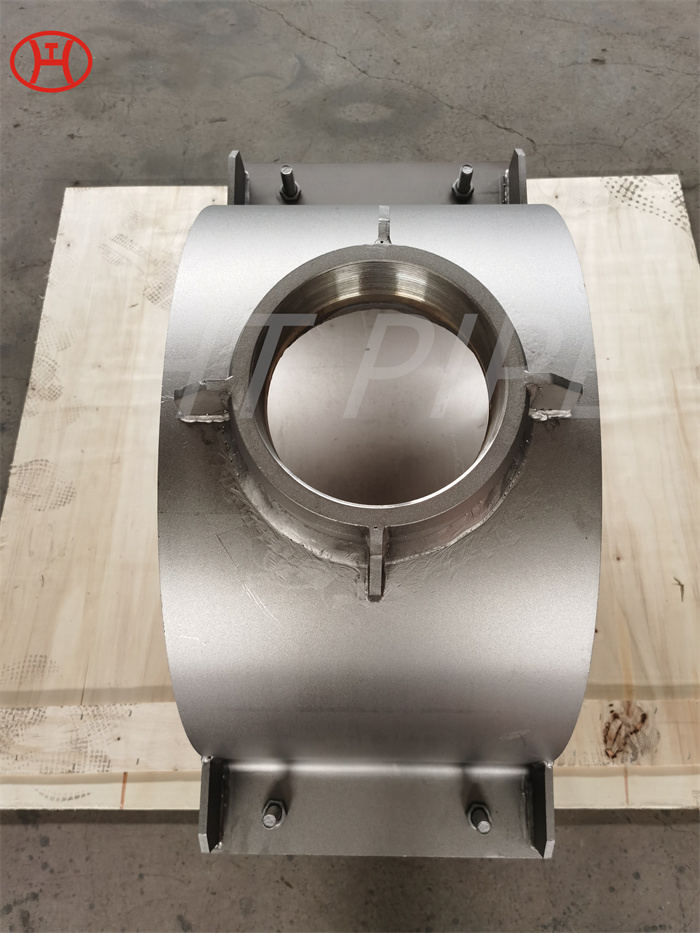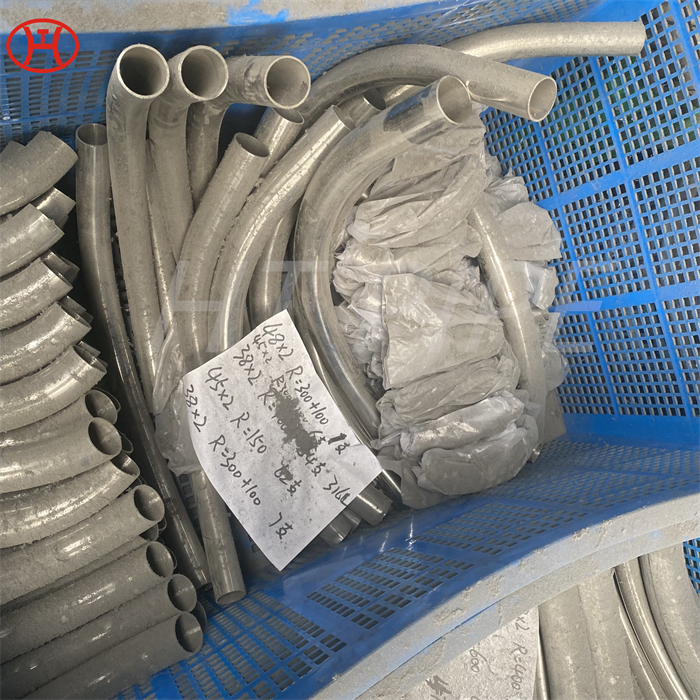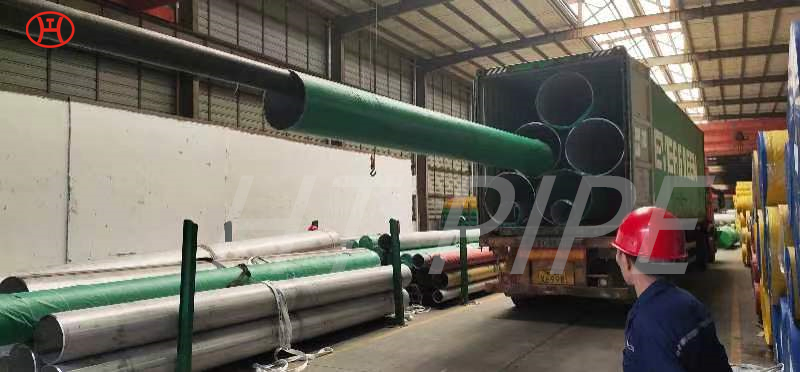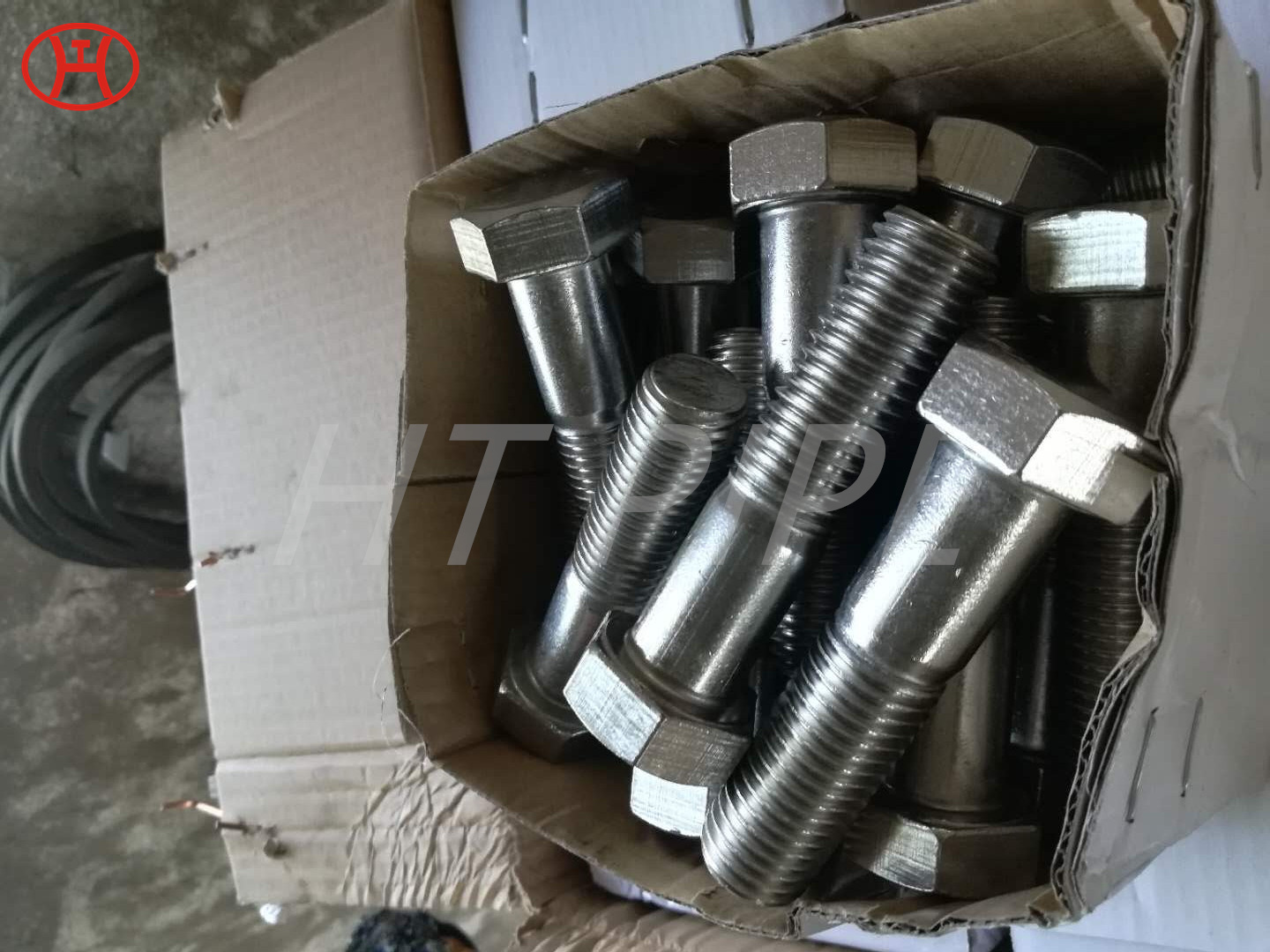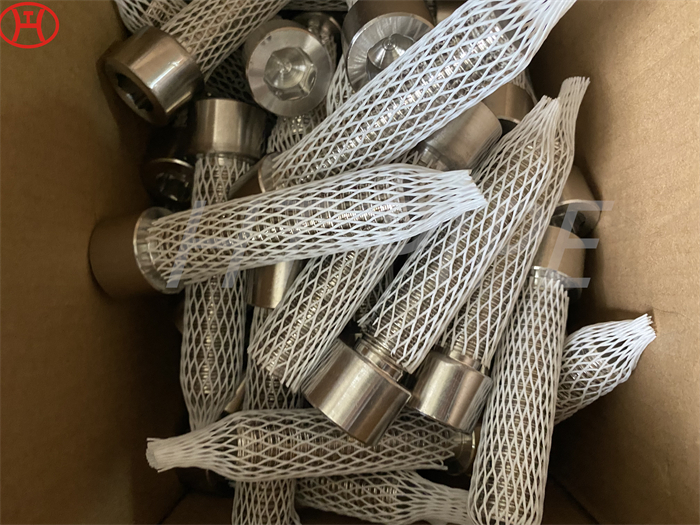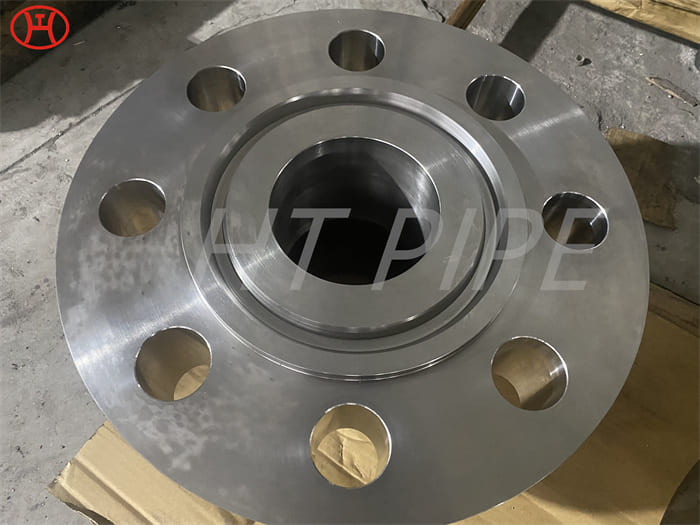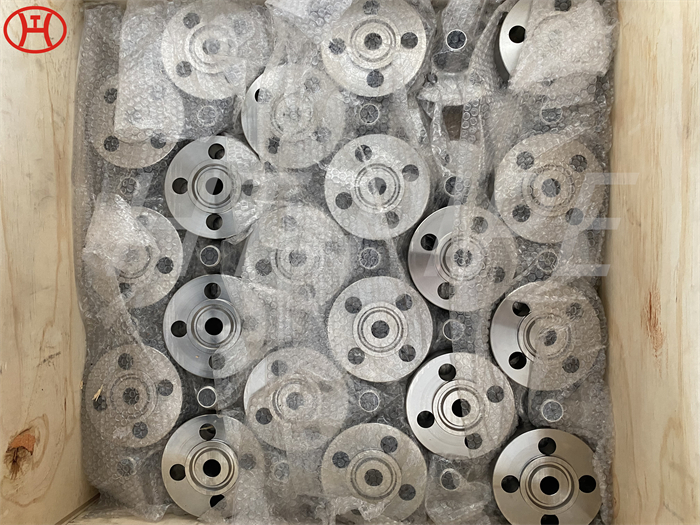Hastelloy B2 pipe bend the pipe fittings with superior resistance to hydrochloric acid
Applications in the chemical process industry involving sulfuric, phosphoric, hydrochloric and acetic acid.
Alloy B-2 pipe bendis suitable for use in the chemical processing industry, speci?cally in areas where hydrochloric acid, phosphoric and sulfuric acid are used or processed. Alloy B-2 has also been used in the production of pharmaceuticals, acetic acid, alkylation of ethylene and herbicides. Hastelloy B2 pipe bend also provides the excellent resistance to hydrochloric acid in all concentrations and temperatures, as well as a wide range of organic acids, excellent resistance to pitting, stress corrosion cracking and to knife-line and heat-affected zone attack, and good resistance to pure sulfuric acid and a number of non-oxidizing acids. Generally preferred to be used in areas that are easily ignited or flammable, the WNR 2.4617 Threaded Flanges provides a hassle-free, speedy joining of piping systems, while proving its efficiency in highly corrosive environments.









































































































